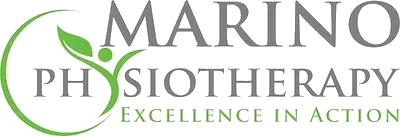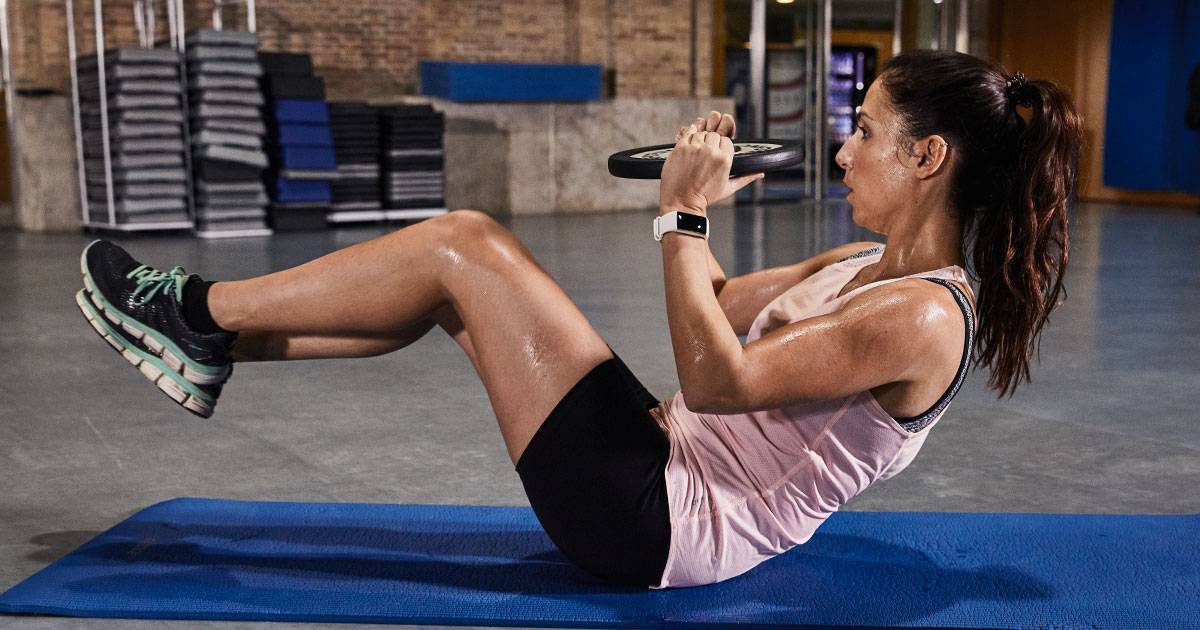Running can benefit from a range of exercises, including strength training. As a general guideline, start with light weights and gradually increase the amount you lift. Doing this prevents overtraining or injury from occurring.
Cross Training
Cross Training is an exercise style that combines different modes of training outside the athlete’s primary sport. It has become popular with athletes across many sports, particularly runners, due to its numerous benefits. Cross-training has numerous advantages for runners, such as injury prevention and rehabilitation, speedy recovery times, and decreased burnout. Furthermore, cross-training helps you keep your passion for running alive by keeping you challenged with new activities.
Running can be particularly vulnerable to injuries due to its repetitive nature, which leads to muscular imbalances. By including various activities into their training routines, runners can correct this imbalance and enhance muscular strength, endurance, and flexibility. Cross-training exercises for runners should include elliptical trainers, stationary bikes, cross-country ski machines, water running and yoga. These movements mimic the muscles used during running and can increase overall strength and endurance. To learn more about injury prevention and rehabilitation, visit Marino Physiotherapy’s physical therapy page.
Yoga
Yoga is an ideal exercise choice for runners as it builds muscle strength and flexibility in the lower body. Plus, as it’s low impact, you’ll notice improvements in flexibility, mobility, strength and posture as well. Yoga also helps to strengthen the core, increasing its stability and protecting you against common running injuries like runner’s knee and IT band syndrome.
Yoga also enhances breathing, an important aspect of running that many overlook. Being more aware of your breath while running will enable you to regulate your heart rate and pace more easily, enabling you to keep going longer. Yoga poses can flex and stretch the hamstrings, hips, TFL and quads – all areas that become overworked during running. This helps alleviate tightness that could lead to injuries such as hamstring tearing or lower back pain associated with running. If you’re experiencing back pain or sciatica, Marino Physiotherapy offers specialized treatment. Visit their back pain and sciatica relief page for more information.
Strength Training
Strength training, also referred to as weight lifting or resistance training, is an ideal option for runners looking to enhance their performance. It increases lean body mass which directly influences metabolic rate, so you burn more calories throughout the day while optimizing your body composition for running which in turn makes you faster and feel stronger on race days.
Strength training not only increases your endurance, but it can also decrease the likelihood of injury. A study found that runners who strength train reduced their injuries by as much as 50%. Strength training can range from various exercises, but the focus should mainly be on your lower body and core as these are the muscles that support running. Gluteus, hamstrings, quads, hips – they all play an essential role in running so making sure these areas are strong will help keep you injury-free and move more efficiently. For more information on sports rehabilitation, check out Marino Physiotherapy’s sports rehabilitation services.
Mobility
Running should prioritize mobility work and exercises to increase joint flexibility and function, so they can move freely without pain or strain. Without mobility even simple everyday activities like stepping over a puddle or picking up a box become challenging and may lead to injury.
Sara Fabbri, director of the Running and Performance Center at The University of Michigan, believes that dynamic muscle movements are the most efficient way to increase mobility. Compared to static stretching – which is commonly used as a form of mobility work – dynamic exercise helps improve range of motion, restore elasticity in joints and lubricate them for easier motion.
Enhancing your training plan with mobility is the best way to maximize performance and avoid injuries. A 10-minute mobility routine is an ideal way to do this every day before or after you run; give it a try and see how it makes your runs feel different; it may even help you run longer and stronger! If you’re dealing with foot and ankle pain, Marino Physiotherapy can help. Visit their foot and ankle pain treatment page for more information.
Ready to start your journey towards better running performance and injury prevention? Contact Marino Physiotherapy today to schedule an appointment with their team of specialists.
For more information, visit Marino Physiotherapy’s home page.



